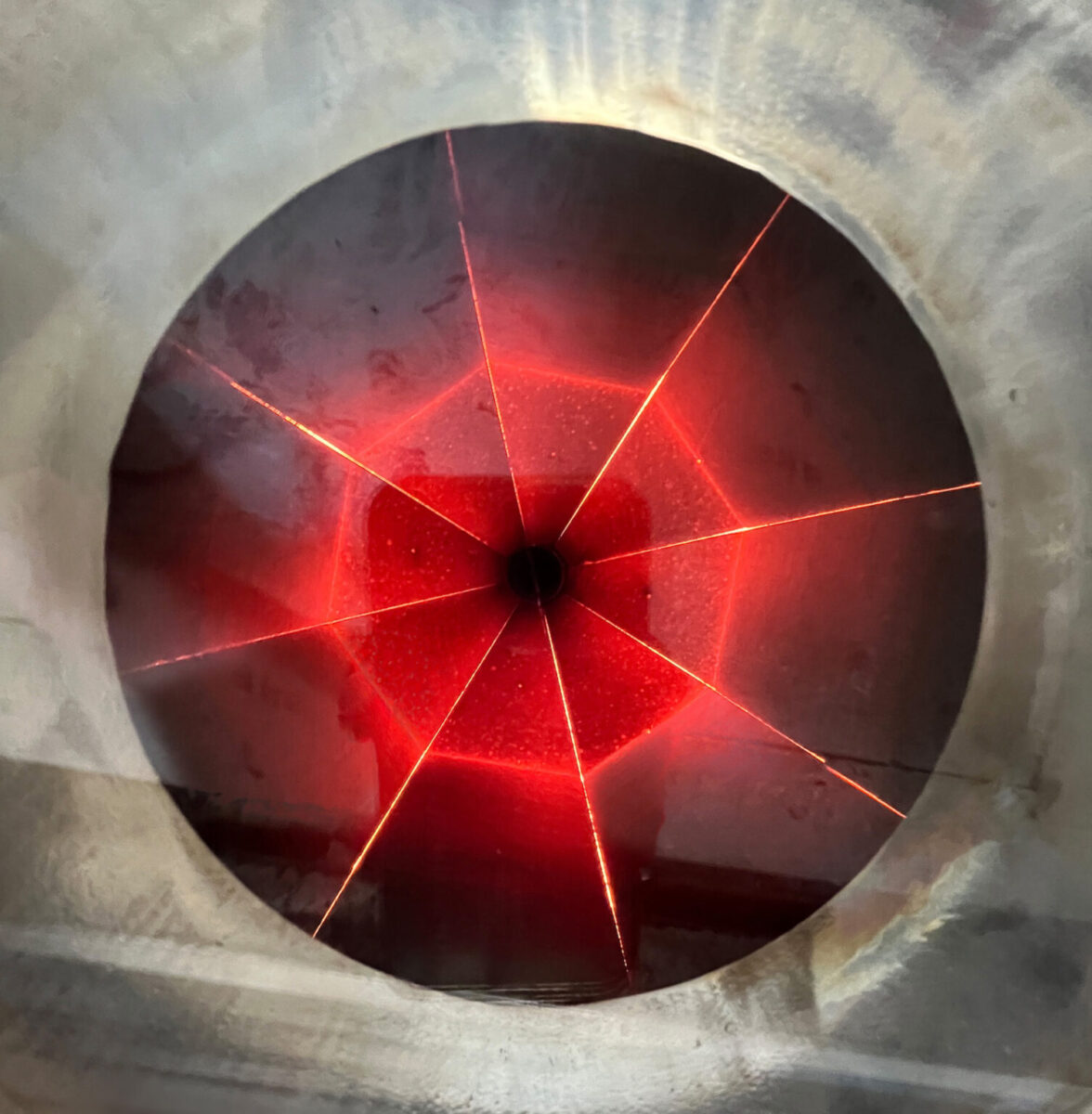From pv magazine Spain
Switzerland-based Synhelion and Mexican construction materials supplier Cemex have started building a high-concentration solar tower designed to produce synthetic fuels for a cement production facility near Madrid, Spain.
“This is an exciting milestone for everyone involved, achieved through the excellent collaboration between the teams of Cemex and Synhelion,” said Synhelion CEO, Gianluca Ambrosetti.
Ambrosetti said that the facility will provide enough heat to produce “clinker” concrete without using fossil fuels.
“Clinker is produced in a rotary kiln at temperatures nearing 1,500 C. Fossil fuels are typically used to heat the kiln and are responsible for approximately 40% of direct CO2 emissions,” the company claims. “Additionally, the technology creates the conditions to separate, and therefore capture, the remaining CO2 from calcination in concentrated form without additional efforts.”
Synhelion's solar tower technology captures energy from a field of solar mirrors, concentrating it onto a receiver atop the tower to convert solar radiation into high-temperature process heat. This heat is then directed to a thermal chemical reactor that generates syngas, a blend of carbon monoxide (CO) and hydrogen (H2).
The syngas undergoes processing through standard gas-to-liquids technology to create fuels like jet fuel, gasoline, or diesel. Excess heat is stored in a thermal energy storage (TES) unit for continuous 24/7 operation.
Synhelion and Cemex introduced the first solar clinker production in a small-scale pilot process in early 2022.
“From the pilot installation, we foresee completing our first small-scale industrial plant in Móstoles by 2026,” a company spokesperson told pv magazine. “We also expect to complete our first large-scale industrial plant, with a capacity of 150 MWth, by the end of the decade.”
Synhelion and Cemex have secured $3.2 million in funding from the US Department of Energy to study the conditions needed to maximize heat transfer to the raw cement mix. Sandia National Laboratories helped the Swiss company to develop the concept.
This content is protected by copyright and may not be reused. If you want to cooperate with us and would like to reuse some of our content, please contact: editors@pv-magazine.com.



By submitting this form you agree to pv magazine using your data for the purposes of publishing your comment.
Your personal data will only be disclosed or otherwise transmitted to third parties for the purposes of spam filtering or if this is necessary for technical maintenance of the website. Any other transfer to third parties will not take place unless this is justified on the basis of applicable data protection regulations or if pv magazine is legally obliged to do so.
You may revoke this consent at any time with effect for the future, in which case your personal data will be deleted immediately. Otherwise, your data will be deleted if pv magazine has processed your request or the purpose of data storage is fulfilled.
Further information on data privacy can be found in our Data Protection Policy.